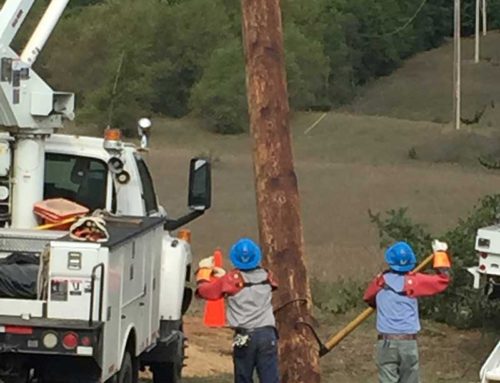Wolverine’s mission as a Generation and Transmission (G&T) cooperative is simple— produce power and transmit it to our members’ rural substations. This mission is straightforward, and to support it, Wolverine operates two separate 7×24 centers to manage the functions of transmission and generation. The Energy Control Center (ECC) monitors transmission, and I will speak about this group in a future blog. Today’s discussion, the first in a two-part series, will focus on our power supply function and the Merchant Operations Center (MOC), which manages it. We call it “merchant” because the MOC acts as a buyer and seller in daily regional markets.
The MOC has a two-part job and it’s pretty simple at its core: 1) Make sure Wolverine has enough power to meet its members’ electric demands every hour; and 2) Make sure we assemble the most competitive (least expensive) power mix possible. While this mission seems simple, the execution is pretty complicated.
Wolverine’s MOC participates in two different regional power markets. The Midcontinent Independent System Operator (MISO) power market, located in Indianapolis, covers most of Michigan, Indiana, Illinois, Wisconsin, Iowa, and Minnesota. The second market is called PJM, and is headquartered near Philadelphia. PJM gets its name for an old power pool covering Pennsylvania, New Jersey, and Maryland. It has now grown to cover the states of Ohio, portions of Illinois near Chicago, and the southwest corner of Michigan.
Each of these regional power markets has its own set of rules. Most of the generation we own sits in Michigan (MISO market), but we also own generation on the Ohio River (OVEC) and this sits in the PJM market. All Wolverine load used to be in the MISO market. When Midwest Energy joined the family as a long-term member in 2012, Wolverine became a PJM market participant because most of Midwest’s load is in the PJM market. You begin to see how quickly the complexity builds in the MOC group.







Leave A Comment